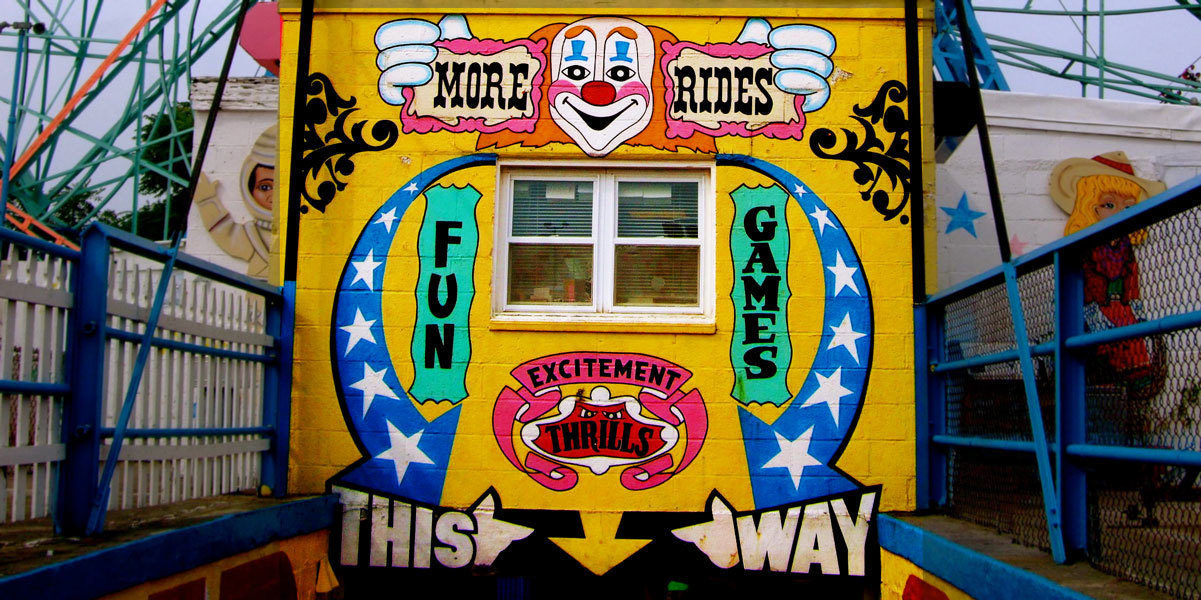Some poor guy died. Hey, check out my awesome photos from the race!
I've waited a few days to write about my experience running the Tough Mudder last Saturday, both because I've had a busy week and because I didn't -- don't -- know how to address the fact that someone, a guy substantially younger than me named Avishek Sengupta, drowned during the event. Obviously, that's a tragedy. I hope his family and friends will find some respite from their grief.
My teammates and I were all Mudder first-timers who regarded the race with intimidation and did our best to prepare for it. We joked with one another about signing the mandatory participant waiver, cheekily referred to as the DEATH WAIVER on the Tough Mudder website. But you don't think much of it. Walk into any gym and they'll probably make you sign something before they let you near a treadmill. And anyway you're more likely to buy it in a car accident on your way to the race than you are while participating in it. Aren't you?
The arduousness of the race is the Tough Mudder's main selling point. It's the Fight Club scenario. There are a lot white-collar shlubs like me, people of some means and privilege (I paid $161 to register) who sit staring at computers all day but would like to think of ourselves as physically hardy. Crossing a Tough Mudder finish line earns you bragging rights, plus a sporty orange headband and a free beer. ("You look like the bad guy in an 80s movie set at a ski resort," my friend Liz told me when I showed up for a drinking session the day after the race in my hard-won headband. I regret nothing.)
Read More
One of my favorite warm-weather traditions is to take in a double or triple-feature at the Bengies Drive-In, which opens for the season tonight. The area's sole surviving specimen of a once-flourishing movie-exhibition format, Bengies offers the opportunity to see three current films, if your backside can go the distance, for the you-can't-afford-not-to-go admission price of $9 per person. Or roughly 75 percent of what you would pay to see Oblivion, and only Oblivion, at the multiplex this weekend, where you'll enjoy the un-sublime non-pleasure of being distracted by your fellow patrons' glowing smartphone screens throughout the film. (Only those patrons who are pitiable, uncouth savages, of course. But one bad Apple iPhone user can spoil the whole bunch, as Confucius said.)
You need wheels to get there: It's a 2.5-hour round trip from DC to Easton, MD, where Bengies is located. You can make some of that cash back by bringing your own food, though you should buy an honor-system outside food permit for $10 if you do that. Pack a picnic basket; you'll be there for six or seven hours, remember. (Alcohol is verboten, a rule always strictly observed by everyone, just like the 55 mph speed limit posted on Interstate 95.)
Read More
When it was founded in 1976, The Humana
Festival of New American Plays was unique: It was a centralized showcase
of new work from playwrights around the country. Decades later, new
play development is no longer consolidated in a single spot, but the
festival continues to a enjoy a reputation as a major platform for plays
their authors hope will ripple out to stages of every size in the years
to come.
I’d never been to Humana, so I was excited by an
invitation to Louisville to cover the festival’s closing “industry
weekend” with 11 other journalists from around the country, including my
pal Michael Phillips, as part of a "pop-up newsroom" called Engine 31. This year’s lineup was the first curated by Obie Award-winning British director Les Waters, who has earned a reputation as a midwife for important new plays by directing premieres from heavy hitters like Sarah Ruhl, Caryl Churchill, and Anne Washburn.
The slate Waters programmed featured six new plays (plus a
closing-night showcase of 10-minute plays, a festival tradition). I
caught four of those, of which three were sufficiently intriguing to
make me want to revisit them.
Read More





